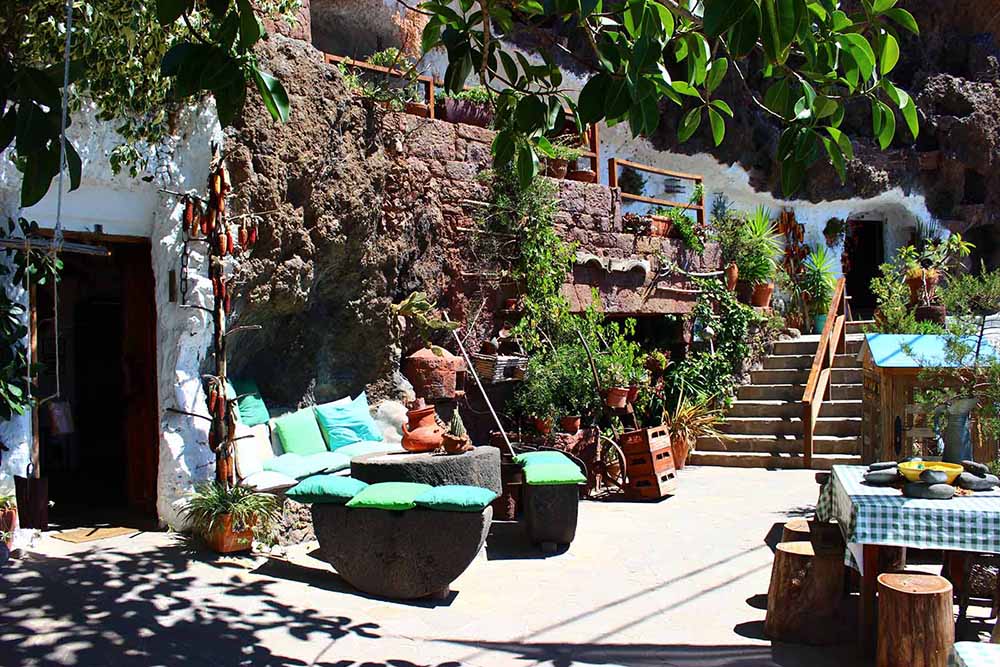The archaeological area of the table accused has enclaves tombstones, painted caves, cuevas-granero caves of room..., in the context of a breathtaking panorama of the basin of Tejeda. These archaeological aspects you have to add the ethnographic values of troglodytic culture, polyculture in chained farms agriculture, artisanal tradition, livestock, sources and sinks for public use, ovens, the porches, has determined the drafting of the Special Plan of accused, in order to preserve its rich cultural and landscape heritage. Accused constituted the largest population nucleus of Artenara, thanks to its rich agricultural and livestock until 1920.

In Acusa concentrated an important Aboriginal population with troglodytic habitat that remained reusing spaces through miscegenation with the culture of the European colonizers and was so decisive that he was not just the cave of room but the first chapel of the place was established in a cave Acusa Seca, known as the cave of San Juan.
After the social change of the 20th century, the most inaccessible caves by the southern band of el cantil and accuses dry were depopulated while Acusa Verde kept the population thanks to the passage of the new road. Artificial caves of room and barns, as well as modern settlements that continue to use the same houses that the Canarian ancient may be encountered in all the Acusa.

The archaeological site of Acusa is located in the area north-west of the basin of Tejeda, having as a natural host unit a great plateau surrounded by strong escarpments in all its aspects, except for its northernmost end. A set which is reached a peak of 990 metres above the sea level and which is geographically bounded by the barranco de Tejeda to the Southeast and the silo and the Merino Northwest ravines.
